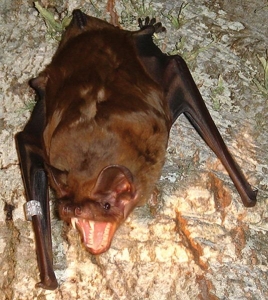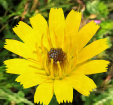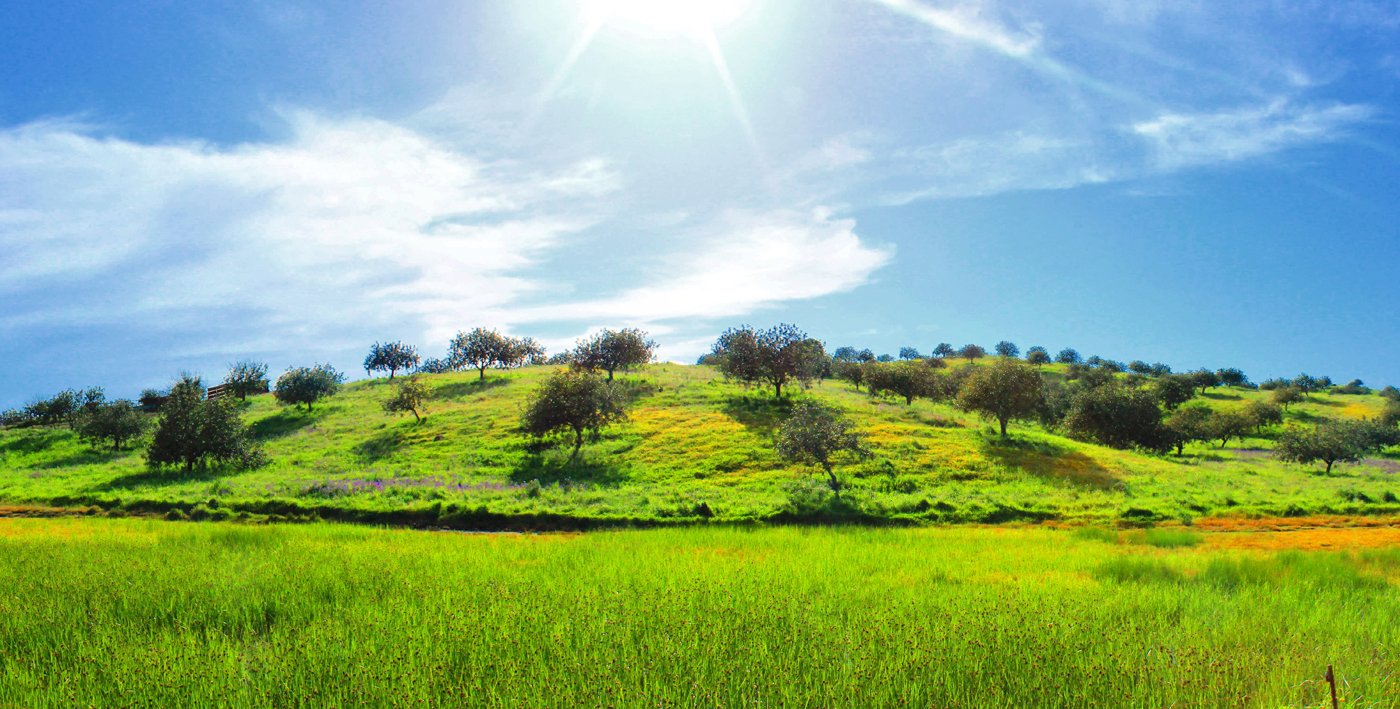• Greater Flamingo (Phoenicopterus roseus) resident 2)
• Little Bustard (Tetrax tetrax) resident 3)
• Audouin’s Gull (Larus audouinii) May-Oct. 4)
• Great Spotted Cuckoo (Clamator glandarius) Jan. -Jun. 5)
• Caspian Tern (Sterna caspia) Aug.-Mar. 6)
• Red-crested Pochard (Netta rufina) resident 7)
• Collared Pratincole (Glareola pratincola) Mar. -Sep. 8)
• Lesser Short-toed Lark (Calandrella rufescens) resident 9)
• Willow Sparrow (Passer hispaniolensis) winter 10)
• Slender-billed Gull (Larus genei) rare; autumn & winter
• Spectacled Warbler (Sylvia conspicillata) Mar.-Nov.
• Black-winged Stilt (Himantopus himantopus) resident
• White Stork (Ciconia ciconia) resident
• Sardinian Warbler (Sylvia melanocephala) resident
• Southern Grey Shrike (Lanius meridionalis) resident
• Stone Curlew (Burhinus oedicnemus) resident;
• Black Tern (Chlidonias niger) relatively rare; summer;
• Calandra Lark (Melanocorypha calandra) resident
• Common Waxbill (Estrilda astrild) resident
• Crested Lark (Galerida cristata) resident
• Eurasian Crag-martin (Ptyonoprogne rupestris) resident
• Little Stint (Calidris minuta) Sep.-Feb.
• Spotless Starling (Sturnus unicolor) resident
• Osprey (Pandion haliaetus) Sep.-Apr.
• Little Bittern (Ixobrychus minutus) Apr. -Sep./winter
• Pallid Swift (Apus pallidus) Mar.-Oct.
• Ferruginous Duck (Aythya nyroca) Oct. -Jan.; rare
•—- Bar-tailed Godwit: Limosa lapponica; •—- Black-necked Grebe: Podiceps nigricollis; •—- Black-headed Gull: Larus ridibundus; •—- Black-tailed Godwit: Limosa limosa; •—- Cattle Egret: Bubulcus ibis; •—-Common Coot: Fulica atra; •—- Common Greenshank: Tringa nebularia; •—- Common Kestrel: Falco tinnunculus; •—- Common Kingfisher: Alcedo atthis; •—- Common Moorhen: Gallinula chloropus; •—- Common Quail: Coturnix coturnix; •—- Common Redshank: Tringa totanus; •—- Common Ringed Plover: Charadrius hiaticula; •—- Common Sandpiper: Actitis hypoleucos; •—- Common Shelduck: Tadorna tadorna; •—- Common Snipe: Gallinago gallinago; •—- Common Teal: Anas crecca; •—- Corn Bunting: Emberiza calandra; •—- Curlew: Numenius arquata; •—-Eurasian Golden Plover: Pluvialis apricaria; •—- Eurasian Magpie: Pica pica; •—- Eurasian Skylark: Alauda arvensis; •—- Eurasian Stone-curlew: Burhinus oedicnemus; •—- Garganey: Anas querquedula; •—-Great Cormorant: Phalacrocorax carbo; •—- Greater Short-toed Lark: Calandrella brachydactyla; •—- Grey Plover: Pluvialis squatarola; •—- Jack Snipe: Lymnocryptes minimus; •—- Little Egret: Egretta garzetta; •—-Little Grebe: Tachybaptus ruficollis; •—- Little Tern: Sterna albifrons; •—- Mallard: Anas platyrhynchos; •—- Mediterranean Gull: Larus melanocephalus; •—- Montagu’s Harrier: Circus pygargus;•—- Northern Lapwing: Vanellus vanellus; •—- Northern Shoveler: Anas clypeata; •—- Pied Avocet: Recurvirostra avosetta;•—- Ruff: Philomachus pugnax; •—- Serin: Serinus serinus; •—- Spotted Redshank: Tringa erythropus; •—- Water Pipit: Anthus spinoletta; •—-Western Marsh-harrier: Circus aeruginosus;
 Every year, vast numbers of passerine birds move to and away from Europe during their annual migrations. Most of these birds rest through the day and fly during the night in order (also) to avoid predation. What puzzled scientists was that no identified predator was tapping into this immense food source. Then, one night a few years ago, a group of Spanish researchers decided to record the eerie sounds coming out from a forested marsh, which was a well-known resting ground for migrating songbirds. Only frogs were positively detected when they played back their recordings at normal speed. But, played at very slow speed, the tapes revealed much more than the monotonous amphibian croaking: high-pitched shrieks echoed through the darkness, and something was apparently capturing the birds during their migrating flights. The results of this investigation shocked the scientists – there was indeed a killer preying upon travelling passerines, and its name was Greater Noctule Bat (Nyctalus lasiopterus), the largest bat living in Europe. With a wingspan reaching slightly more than 45 cm (18 in), this is a relatively rare carnivorous mammal that roosts in old hollow trees, mainly in the Mediterranean region. However, Noctule Bat bones have been encountered in owl pellets as well, meaning that they are also preyed upon while flying and feasting. Image: Nicolharper
Every year, vast numbers of passerine birds move to and away from Europe during their annual migrations. Most of these birds rest through the day and fly during the night in order (also) to avoid predation. What puzzled scientists was that no identified predator was tapping into this immense food source. Then, one night a few years ago, a group of Spanish researchers decided to record the eerie sounds coming out from a forested marsh, which was a well-known resting ground for migrating songbirds. Only frogs were positively detected when they played back their recordings at normal speed. But, played at very slow speed, the tapes revealed much more than the monotonous amphibian croaking: high-pitched shrieks echoed through the darkness, and something was apparently capturing the birds during their migrating flights. The results of this investigation shocked the scientists – there was indeed a killer preying upon travelling passerines, and its name was Greater Noctule Bat (Nyctalus lasiopterus), the largest bat living in Europe. With a wingspan reaching slightly more than 45 cm (18 in), this is a relatively rare carnivorous mammal that roosts in old hollow trees, mainly in the Mediterranean region. However, Noctule Bat bones have been encountered in owl pellets as well, meaning that they are also preyed upon while flying and feasting. Image: Nicolharper
 Within the Nature Reserve there are several protected floral species, either because they are rare or because they are endemic to Iberia. These include two species from the genus Picris (‘oxtongues’), which are important as larval food for several moth species (Picris algarbiensis, a Portuguese endemism and Picris willkommii – pictured – an Iberian native that occurs only around the Guadiana estuary), as well as Limonium diffusum and Melilotus fallax, both threatened plants, in addition to a rare bryophyte, Riella helicophylla.
Within the Nature Reserve there are several protected floral species, either because they are rare or because they are endemic to Iberia. These include two species from the genus Picris (‘oxtongues’), which are important as larval food for several moth species (Picris algarbiensis, a Portuguese endemism and Picris willkommii – pictured – an Iberian native that occurs only around the Guadiana estuary), as well as Limonium diffusum and Melilotus fallax, both threatened plants, in addition to a rare bryophyte, Riella helicophylla. 
